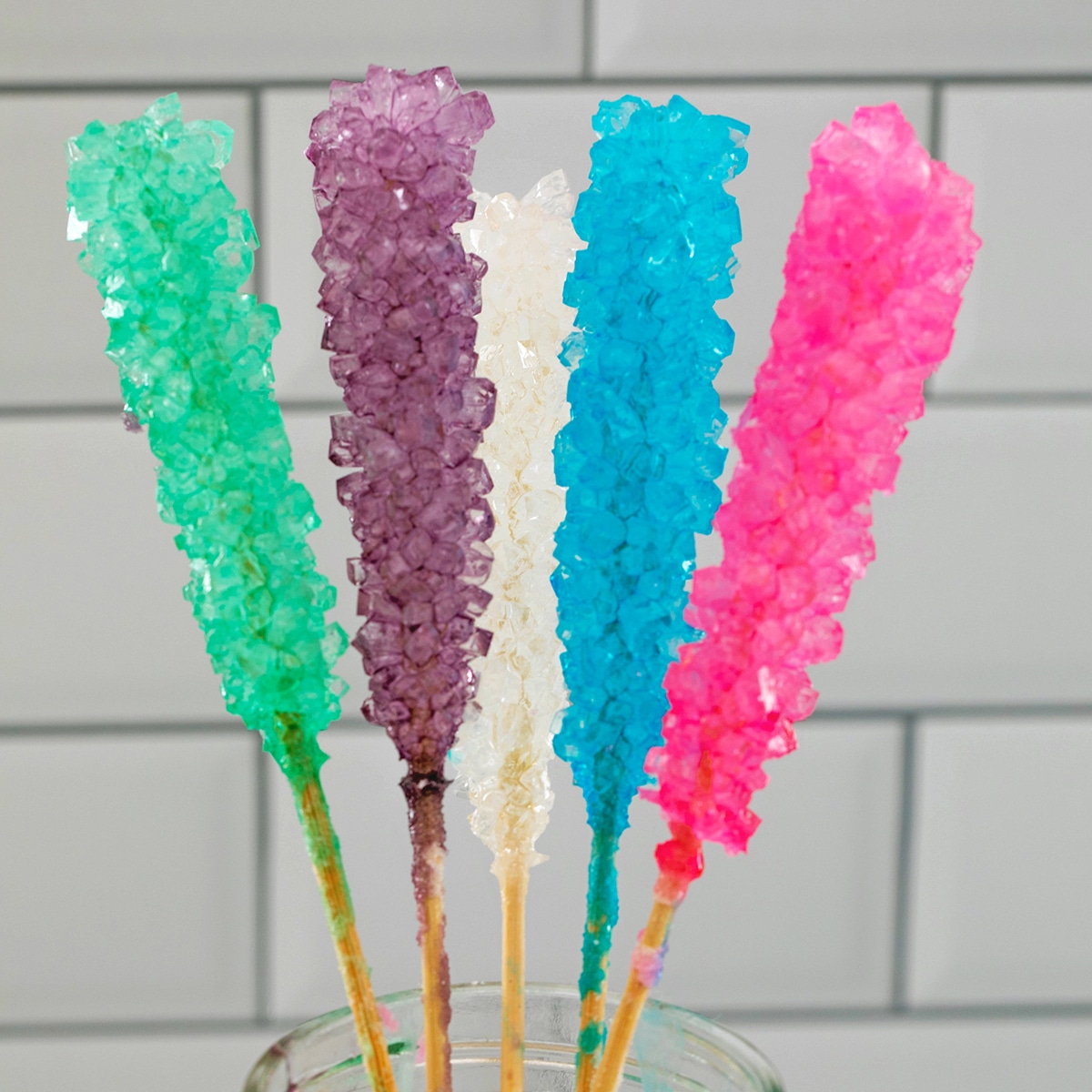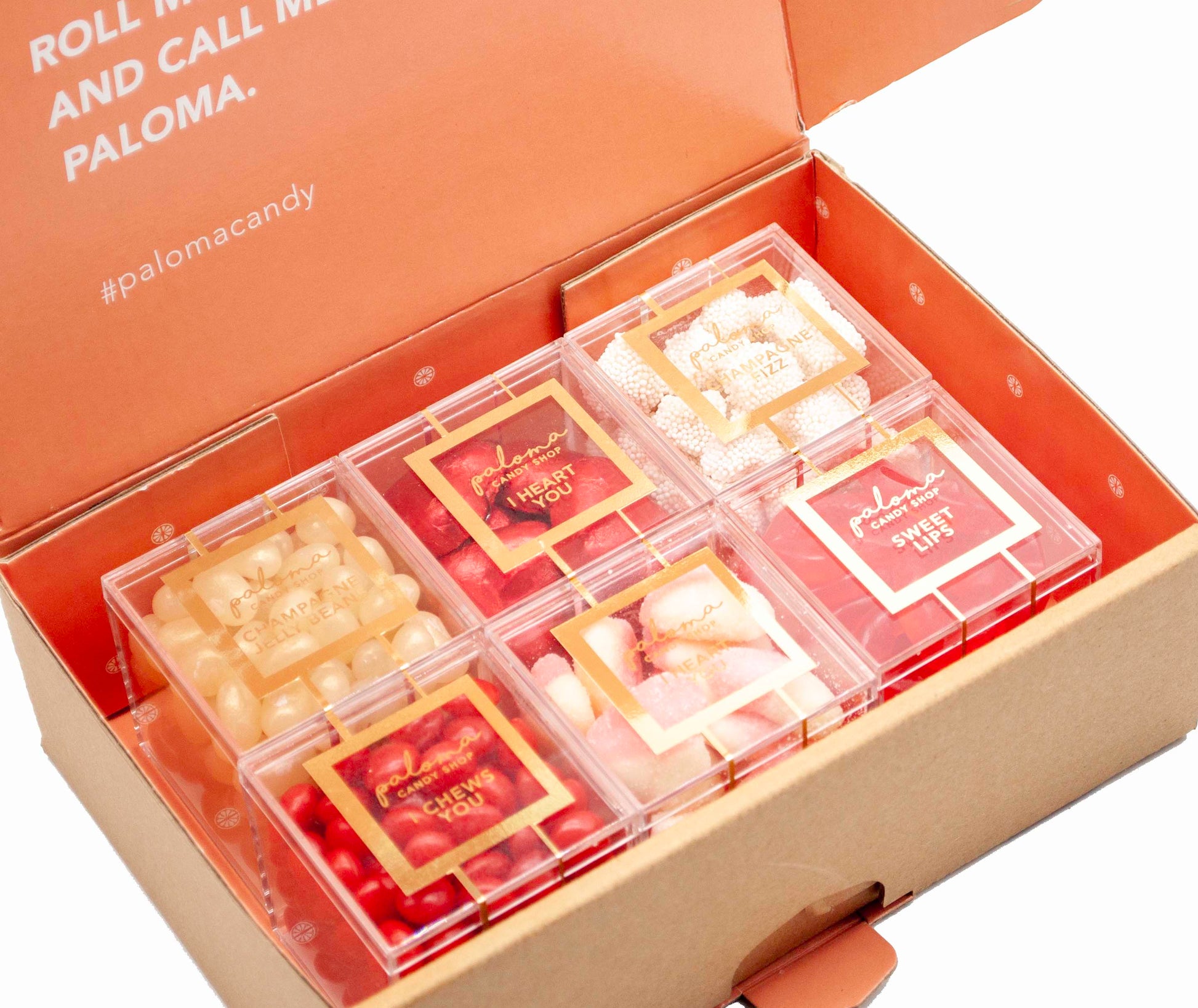The Main Principles Of I Luv Candi
The Main Principles Of I Luv Candi
Blog Article
10 Easy Facts About I Luv Candi Shown
Table of ContentsSee This Report on I Luv CandiThe Only Guide to I Luv CandiThe smart Trick of I Luv Candi That Nobody is DiscussingThe Ultimate Guide To I Luv CandiSome Known Details About I Luv Candi
We have actually prepared a whole lot of organization plans for this kind of task. Here are the common customer sectors. Customer Sector Summary Preferences Just How to Find Them Children Youthful consumers aged 4-12 Vibrant sweets, gummy bears, lollipops Partner with local schools, host kid-friendly events Teens Adolescents aged 13-19 Sour candies, uniqueness things, fashionable deals with Engage on social media, collaborate with influencers Moms and dads Adults with young kids Organic and much healthier choices, sentimental sweets Offer family-friendly promotions, advertise in parenting publications Students University and university trainees Energy-boosting candies, affordable snacks Partner with close-by schools, promote during test periods Present Shoppers People seeking presents Costs delicious chocolates, gift baskets Produce captivating display screens, use customizable present alternatives In evaluating the monetary dynamics within our sweet store, we've found that clients typically invest.Monitorings show that a typical consumer frequents the shop. Particular periods, such as holidays and unique events, see a surge in repeat gos to, whereas, throughout off-season months, the regularity could diminish. lolly shop maroochydore. Determining the life time value of a typical consumer at the candy store, we approximate it to be
With these factors in factor to consider, we can deduce that the typical revenue per client, over the training course of a year, hovers. The most lucrative consumers for a candy store are usually households with young kids.
This group tends to make frequent purchases, enhancing the store's revenue. To target and attract them, the sweet shop can utilize colorful and spirited advertising and marketing methods, such as lively displays, appealing promos, and probably also organizing kid-friendly occasions or workshops. Producing an inviting and family-friendly ambience within the store can also boost the general experience.
I Luv Candi Can Be Fun For Anyone
You can also estimate your own income by applying various presumptions with our economic strategy for a candy store. Average month-to-month profits: $2,000 This sort of sweet shop is often a tiny, family-run business, possibly known to citizens yet not drawing in lots of vacationers or passersby. The store might supply a selection of typical sweets and a few homemade treats.
The shop doesn't commonly bring unusual or costly items, focusing rather on budget-friendly deals with in order to maintain normal sales. Thinking an ordinary investing of $5 per customer and around 400 customers monthly, the monthly earnings for this sweet-shop would certainly be around. Typical monthly revenue: $20,000 This candy shop take advantage of its critical area in a busy metropolitan area, attracting a large number of consumers searching for wonderful extravagances as they shop.
Along with its varied candy selection, this store could likewise sell related items like gift baskets, candy bouquets, and novelty items, supplying numerous earnings streams - sunshine coast lolly shop. The store's location calls for a higher budget plan for rental fee and staffing yet causes higher sales volume. With an estimated average costs of $10 per client and about 2,000 customers per month, this store can generate
I Luv Candi - Truths
Situated in a significant city and vacationer location, it's a huge facility, often spread over multiple floors and possibly component of a national or international chain. The store supplies a tremendous range of candies, consisting of special and limited-edition products, and goods like top quality garments and devices. It's not just a store; it's a destination.
The operational expenses for this type of shop are substantial due to the place, dimension, team, and includes provided. Thinking a typical acquisition of $20 per customer and around 2,500 customers per month, this flagship store can accomplish.
Category Examples of Expenditures Typical Month-to-month Cost (Array in $) Tips to Minimize Expenditures Rental Fee and Utilities Store rental fee, power, water, gas $1,500 - $3,500 Think about a smaller sized place, work out rental fee, and make use of energy-efficient illumination and home appliances. Stock Candy, treats, packaging products $2,000 - $5,000 Optimize inventory management to lower waste and track prominent products to prevent overstocking.
Advertising And Marketing Printed matter, on the internet advertisements, promos $500 - $1,500 Focus on cost-effective digital advertising and make use of social media sites platforms totally free promo. carobana. Insurance policy Company responsibility insurance policy $100 - $300 Look around for competitive insurance coverage rates and take into consideration bundling policies. Equipment and Upkeep Money signs up, present shelves, repair work $200 - $600 Buy used equipment when feasible and perform regular maintenance to prolong tools life-span
Unknown Facts About I Luv Candi
Charge Card Processing Fees Fees for refining card payments $100 - $300 Negotiate reduced processing fees with settlement processors or check out flat-rate choices. Miscellaneous Workplace products, cleansing supplies $100 - $300 Purchase in mass and search for discounts on materials. A sweet-shop comes to be profitable when its overall income exceeds its overall fixed expenses.

A big, well-located sweet-shop would undoubtedly have a greater breakeven point than a tiny shop that doesn't require much earnings to cover their costs. read what he said Curious concerning the success of your sweet store? Try out our easy to use financial plan crafted for sweet-shop. Merely input your own presumptions, and it will aid you calculate the quantity you require to earn in order to run a lucrative company.
The Best Guide To I Luv Candi

Last but not least, economic declines that reduce customer investing can influence sweet-shop sales and success, making it essential for sweet-shop to handle their costs and adjust to altering market conditions to remain rewarding. These hazards are commonly consisted of in the SWOT evaluation for a sweet-shop. Gross margins and web margins are vital indicators utilized to determine the productivity of a sweet-shop business.
Basically, it's the earnings continuing to be after deducting prices straight pertaining to the candy inventory, such as purchase costs from suppliers, production costs (if the sweets are homemade), and staff incomes for those associated with production or sales. Internet margin, on the other hand, consider all the costs the sweet-shop sustains, including indirect costs like administrative expenditures, advertising, rental fee, and taxes.
Candy shops usually have an average gross margin.For instance, if your candy store makes $15,000 per month, your gross earnings would be roughly 60% x $15,000 = $9,000. Consider a sweet store that marketed 1,000 sweet bars, with each bar priced at $2, making the total revenue $2,000.
Report this page